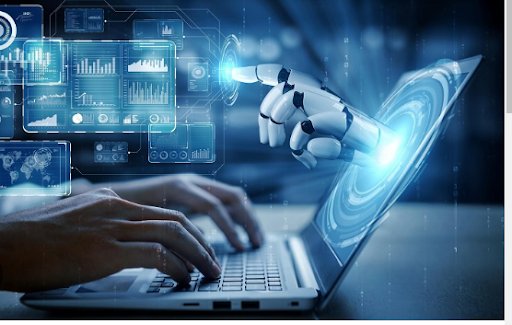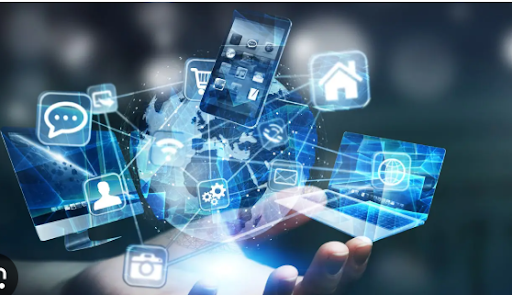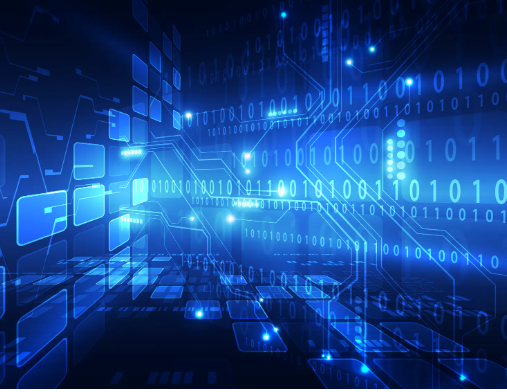E-commerce has undergone a remarkable transformation over the past decade, evolving from a niche market to a dominant force in global retail. As we move into 2025, several key trends are shaping the future of online shopping.
1. AI-Driven Personalization
Artificial Intelligence (AI) is revolutionizing the e-commerce landscape by enabling hyper-personalized shopping experiences. AI analyzes consumer behavior and preferences to offer tailored product recommendations, dynamic pricing, and personalized marketing strategies. This level of customization enhances customer satisfaction and loyalty.
2. Augmented Reality (AR) Integration
AR technology is bridging the gap between online and in-store shopping by allowing customers to visualize products in their own environment before making a purchase. This immersive experience reduces uncertainty and increases conversion rates. The number of AR devices worldwide is expected to reach 1.7 billion by 2024, indicating a significant shift towards interactive shopping experiences.
3. Social Commerce Expansion
Social media platforms are increasingly becoming integrated shopping destinations. Features like Instagram Shopping and Facebook Marketplace enable users to discover and purchase products without leaving the app. This trend is expected to continue growing, with social commerce projected to be a significant revenue driver for online retailers.
4. Voice Commerce Growth
With the proliferation of voice-activated devices, voice commerce is on the rise. Consumers are using voice assistants to search for products, compare prices, and make purchases, offering a hands-free and convenient shopping experience. This trend is anticipated to expand as voice technology becomes more sophisticated.
5. Sustainability and Ethical Shopping
Consumers are increasingly prioritizing sustainability and ethical practices in their purchasing decisions. E-commerce businesses are responding by offering eco-friendly products, transparent supply chains, and adopting sustainable practices to meet this demand. This shift reflects a broader societal move towards environmental responsibility.
6. Mobile Commerce Dominance
Mobile commerce continues to grow, with a significant portion of online shopping conducted via smartphones and tablets. Optimizing websites and apps for mobile devices is crucial for retailers to capture this expanding market segment. The convenience of mobile shopping is a key factor in its increasing popularity.
Conclusion
The e-commerce landscape in 2025 is characterized by technological advancements and a shift in consumer expectations. AI-driven personalization, AR integration, social commerce, voice shopping, sustainability, and mobile optimization are at the forefront of this evolution. Retailers who adapt to these trends and prioritize customer-centric strategies will be well-positioned for success in the dynamic online marketplace.
At Techno-Sites, we are committed to providing insights and updates on the latest technological advancements, helping you navigate the evolving landscape of e-commerce.









